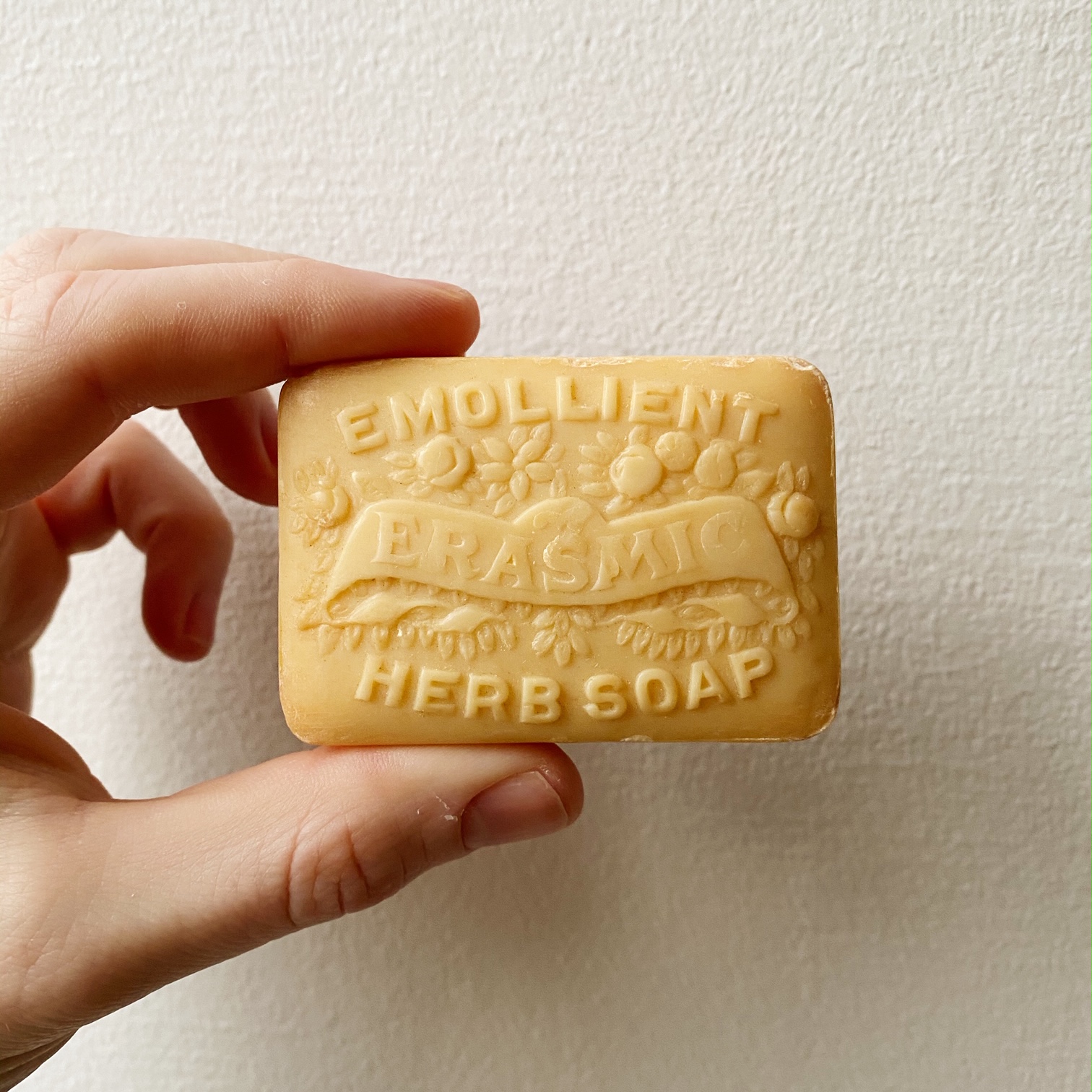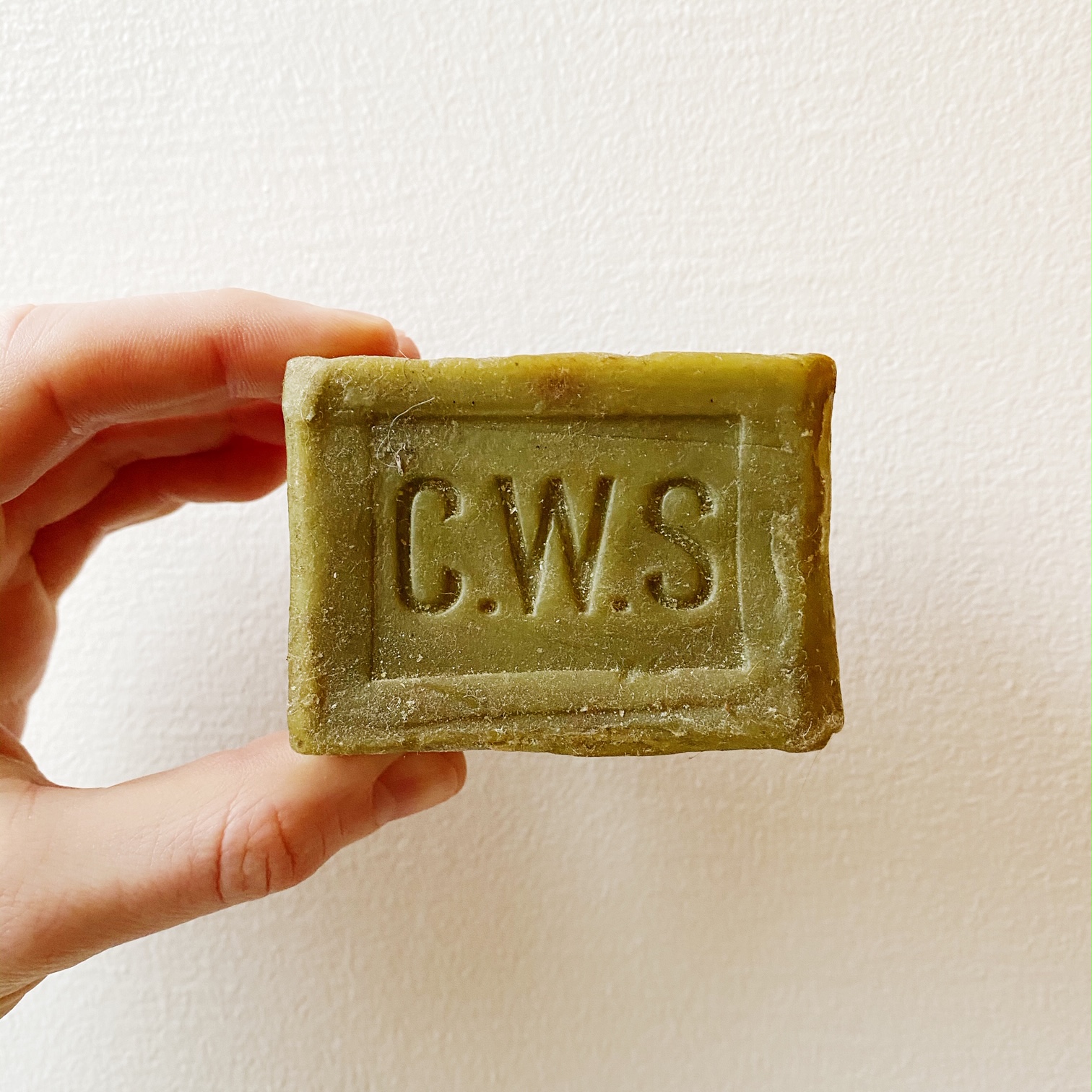Introduce us to you as a person. Who are you?
Hello, I’m Matthew. Originally from Yorkshire, I now live and work in London, managing the creation of toiletry products for a large retailer here in Great Britain.
Tell us about your interest in soap (old ones only). Hobby or passion? How did it all get started?
Since a very early age, I have always been fascinated by social history, and particular the ways in which people’s everyday lives have changed immeasurably in the last 200 years. My passion for soap in particular all started when I was about 12, and was taken by a friend’s parents to a wonderful Victorian country house near to where I lived. At the end of the tour, in the gift shop, I was confronted by huge 12-inch bars of carbolic soap. This particular soap had a very characteristic antiseptic odour, which I suddenly realised was what the whole house smelled of. A very common soap in all British households from about 1850 to 1950, carbolic soap revolutionised domestic hygiene, and was used for everything from scrubbing kitchen floors to washing surgeons’ hands before they operated. I realised at this time that smell was something which made the past in a way ‘tangible’; whenever I let grandparents smell the carbolic soap, they would immediately say it reminded them of bomb shelters during WW2 or their grandmother’s wash day. This I found irresistible as a child, and ever since I have sought out the soaps of the past as very real remnants of socio-cultural history.
How would you describe the spectrum of your soap collection. To which length are you going to, to get a soap you really want?
In many ways, the soap I seek could be described as mundane. I seek the brands which were once very commonplace, but which are now really very difficult to find. There was a category of soap called ‘household’, which encompassed the sort of all-purpose soaps sold in large, long lasting bars, which could be used for washing clothes and general cleaning, amongst a plethora of other uses. These soaps (which were made of natural materials such a coconut oil, tallow and pine resin) started to be replaced by washing powders and synthetic detergents in the 1950s, to the extent that there are now no existent consumer brands left in Great Britain. My key outlook therefore is for old packets of once famous brands, such as Lifebuoy, Fairy, Sunlight etc, and of these I have been lucky to find specimens which are over 100 years old. I find them in a great many different places, from friends moving into old houses and discovering forgotten packets scurried away under kitchen sinks, to rummaging through London’s many hardware shops looking for old stock at the back of shelves (it is alarming what you can find in such places!). Despite this focus on the really quotidian, I do have some wonderful examples of the luxury soaps of the past, which would have been given as gifts and coveted for years after by grateful recipients. I recently featured a beautiful pack of 1960s Guerlain toilet soaps on the journal, and have a few bars of ‘Vinolia’ soap which was used on the Titanic.
What is the aim of Soap journal?
I have always enjoyed how Instagram serves as an insight into our personal interests, and therefore decided that, having such a large collection of historic soaps and a good knowledge of their brand histories and uses, it would be great to create a virtual gallery to share them. The soaps and their packaging serve as a valuable resource for not only our social history, but also the development of product and graphic design. Before the advances in printing and plastic packaging which are ubiquitous now, soap makers were limited to printing one or two colours on a paper wrapper. The effect of this on modern eyes is both graphic and compelling. As well as this, I hope to show a modern audience riding the wave of a large, sustainability-led, soap revival, that soap has been appreciated as an infinitely useful product for hundreds of years, and in returning to using it, we are only reversing consumer tendencies of the past 40 years or so.
Tell us an interesting anecdote (or a little know fact) about a soap you have in your collection
I have a couple of bars of Pears Soap, which is a brand with over 250 years of history. In the late nineteenth century, the soap was advertised using the testimonial of a famous actress of the day, Lillie Langtry. She was quoted as saying ‘Since using Pears soap, I have discarded all others’. Though meant in praise, the statement famously backfired. Pears were quick to respond, making light of the comment in advertisements showing a tramp saying the same. After this, sales of the soap rocketed to new heights!
Do you think soaps play a part to a cultural heritage and how?
Absolutely – indeed cultural heritage was how I discovered my interest in soap in the first place. There are many ways in which one can approach this question, but I think the most relevant is through the role of soap in branding and advertising. Pears soap, launched in London in 1789, was the first branded consumer product, and is still in production today. Soap was a much-adulterated product in the past, so branding was an assurance of quality and purity. William Lever, the founder of the firm which eventually became Unilever, was the first to brand household soap through his ‘Sunlight’ brand in 1884, and in doing so created many of today’s models of mass marketing. I also find it fascinating that many soap brands which originated in Great Britain are now only available in former British colonies; Sunlight for example is readily available in Canada, Australia and South Africa. The colonial days are long gone, but embers of British culture live on through such brands, globally.













